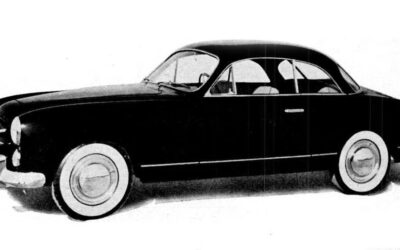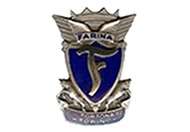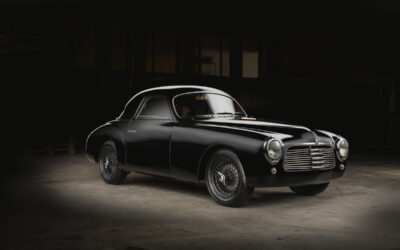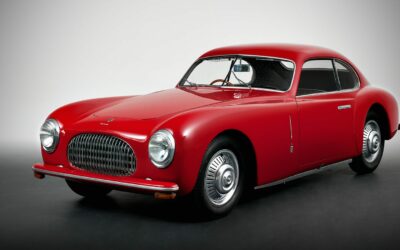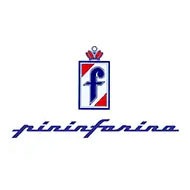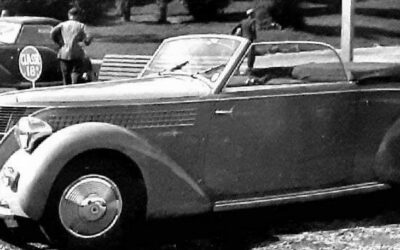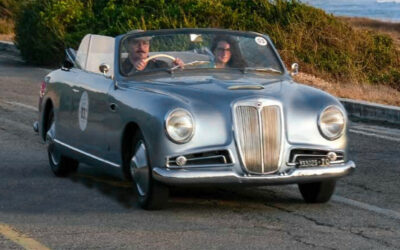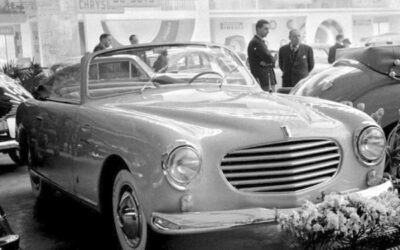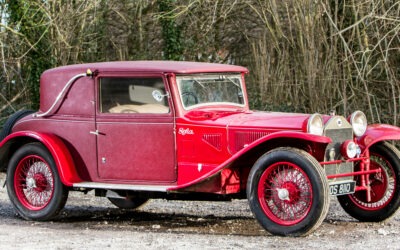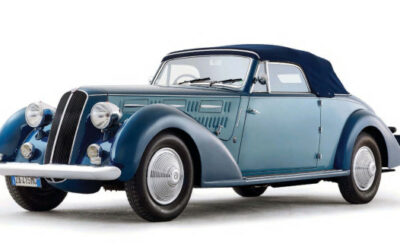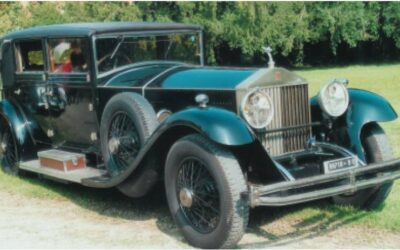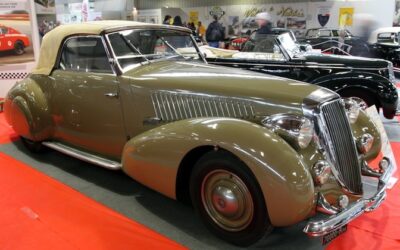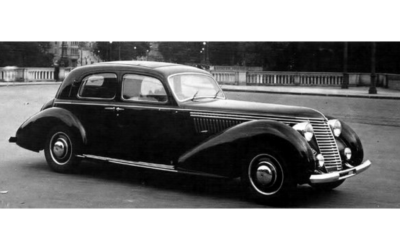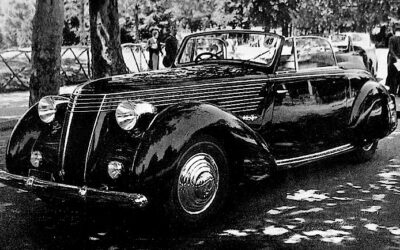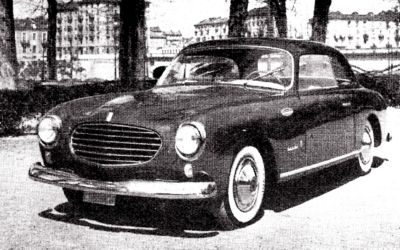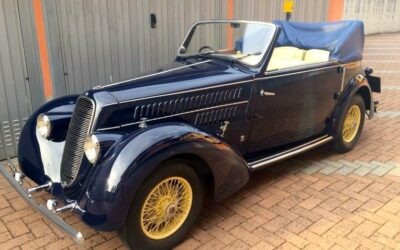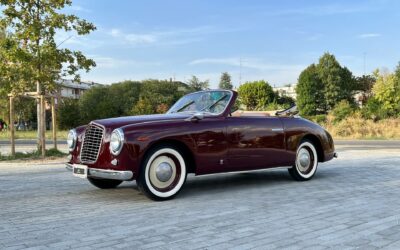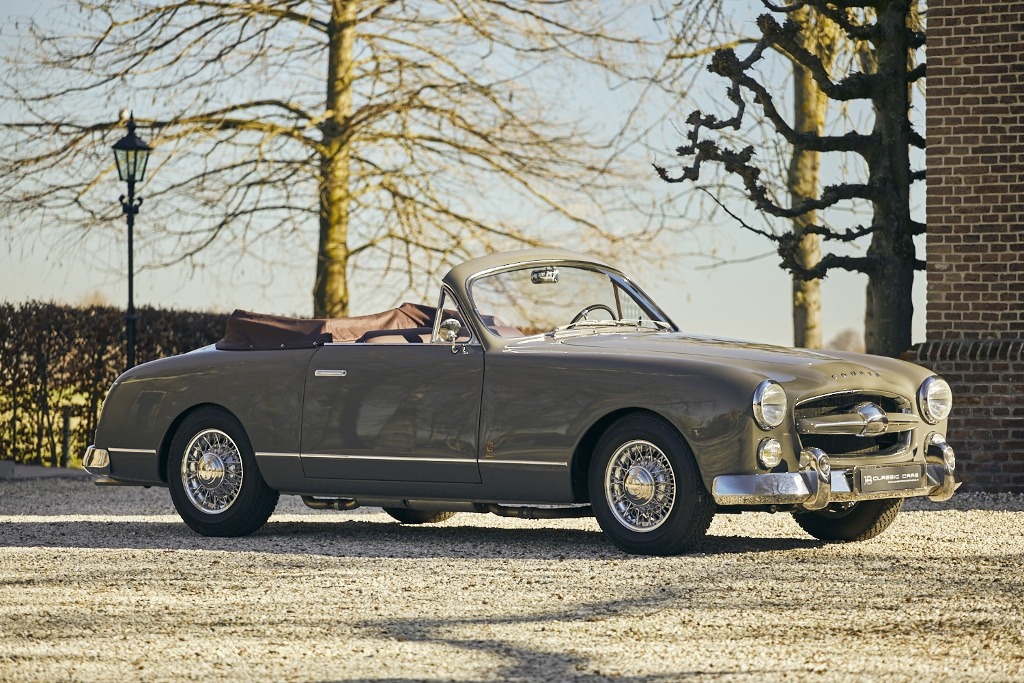
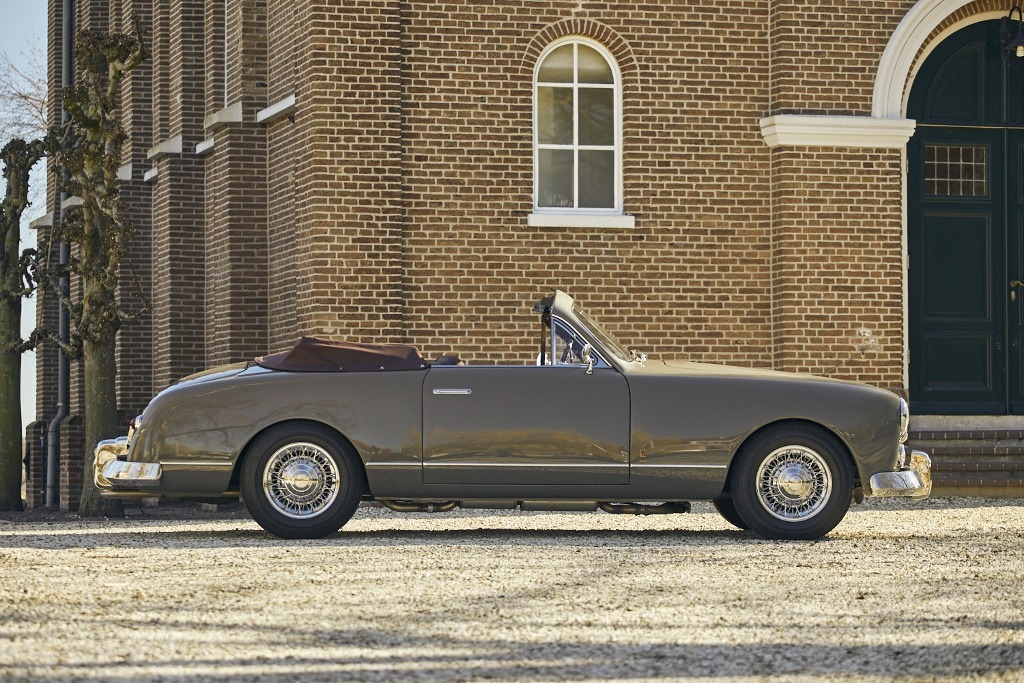
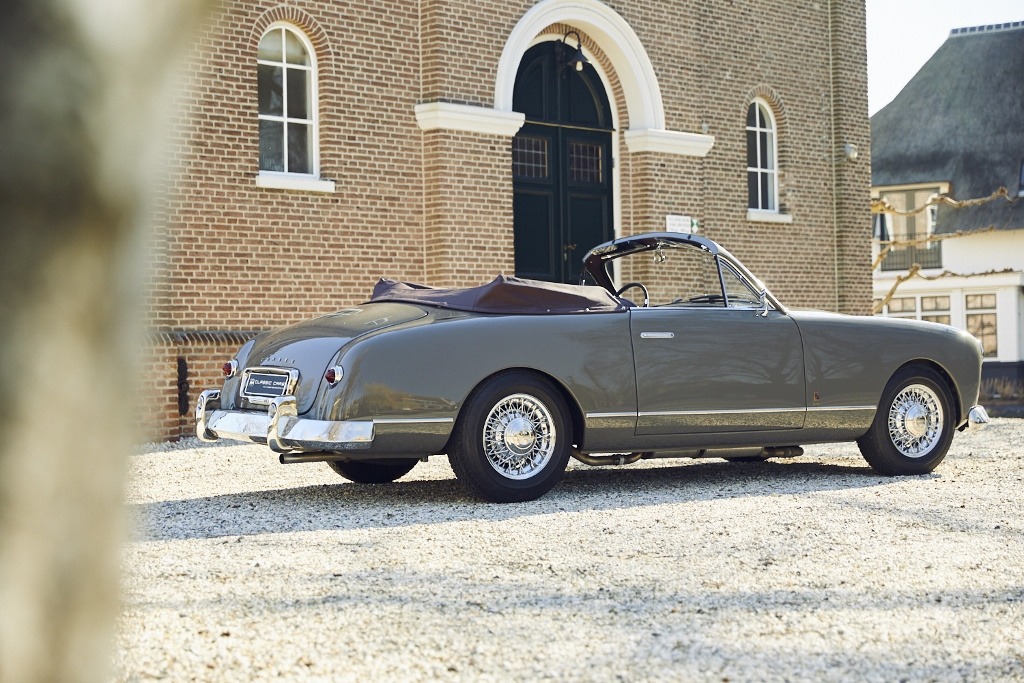
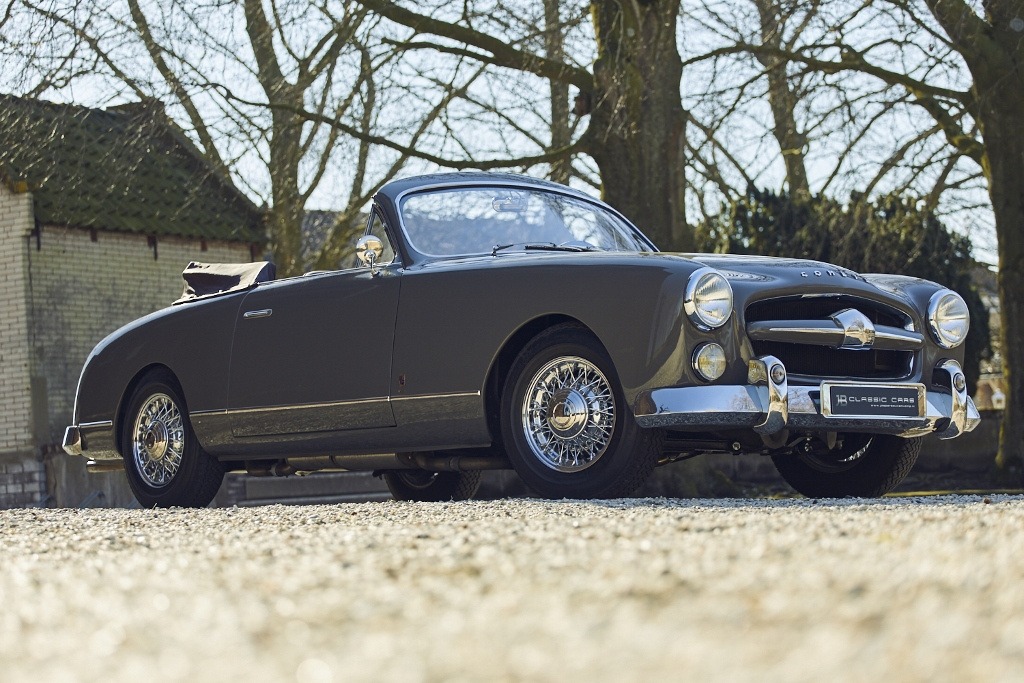
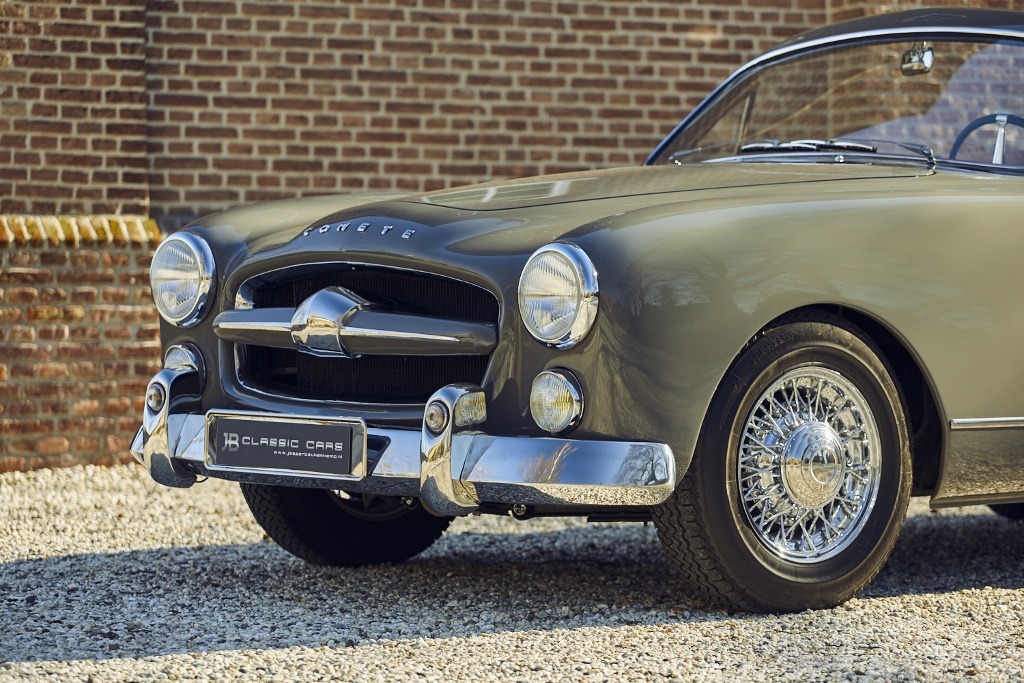
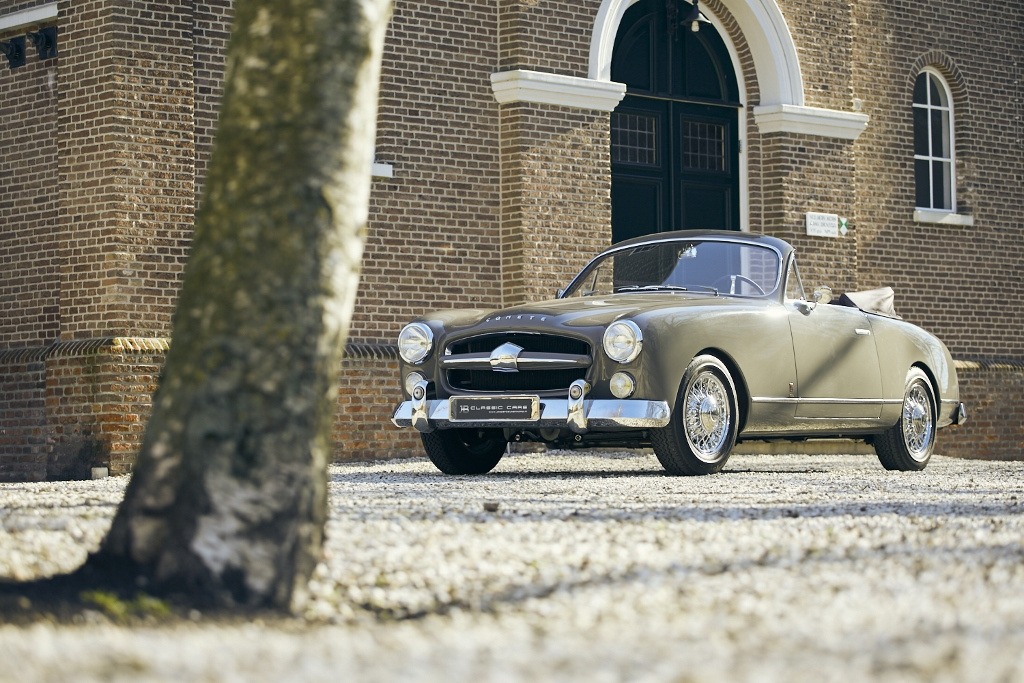
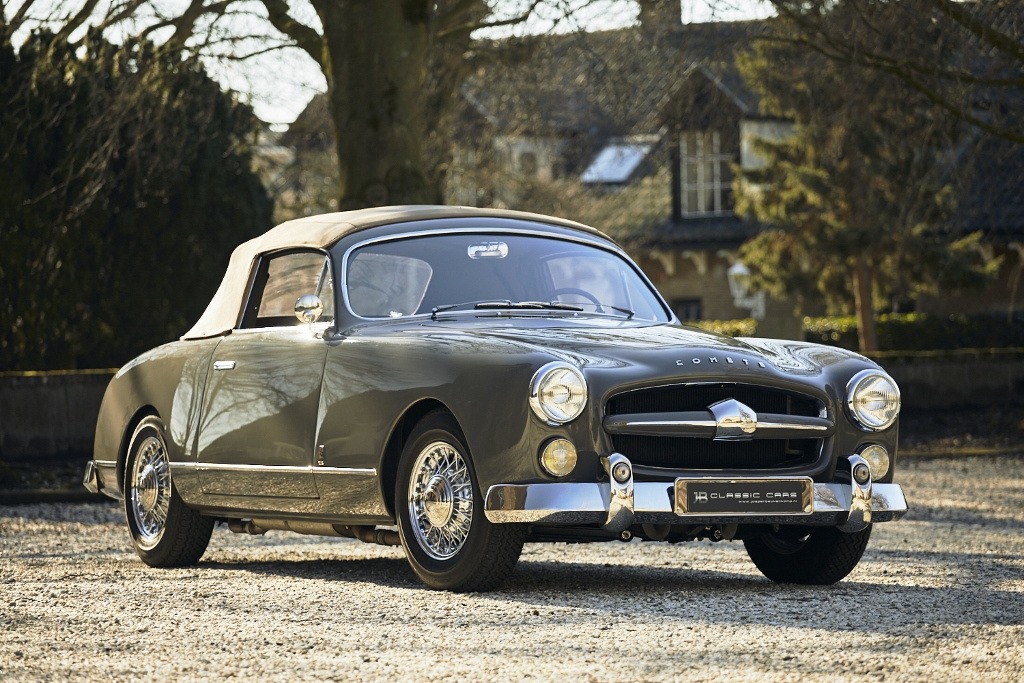
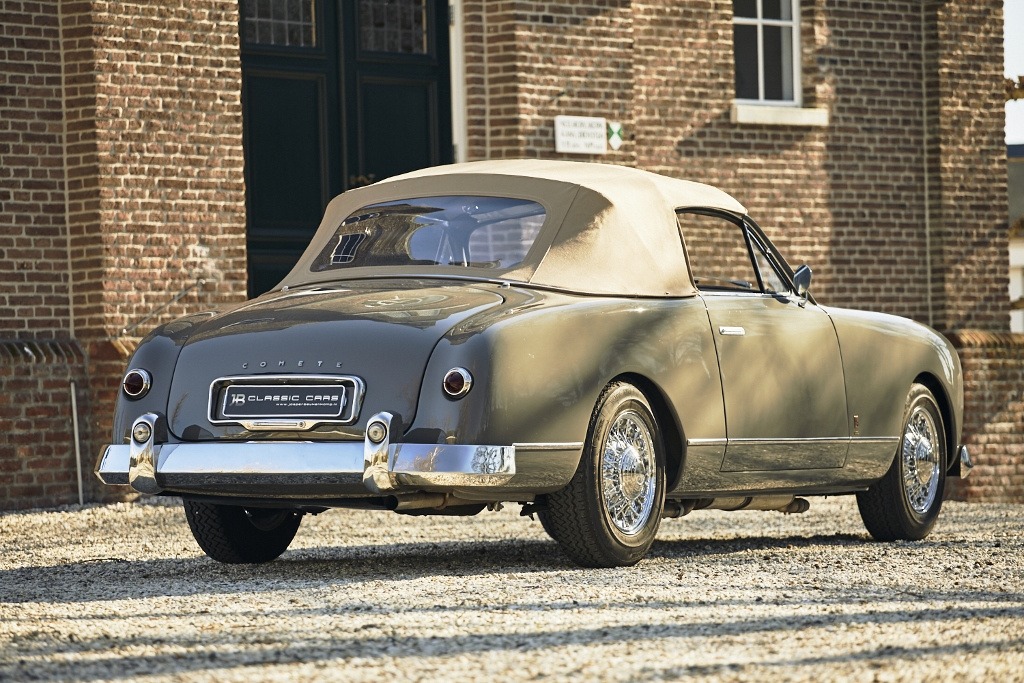
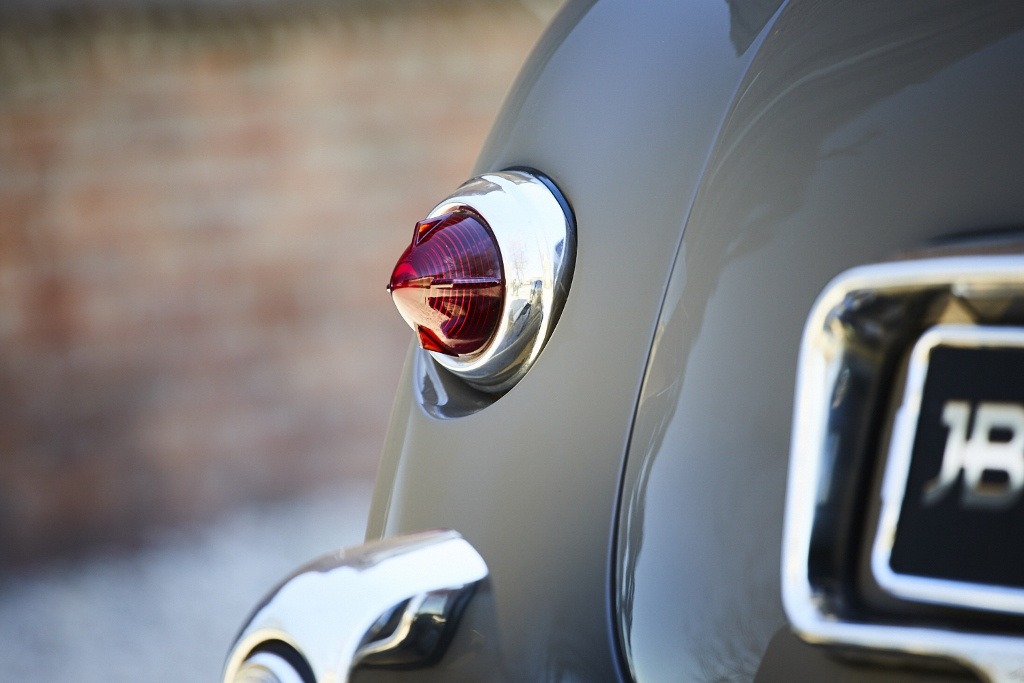
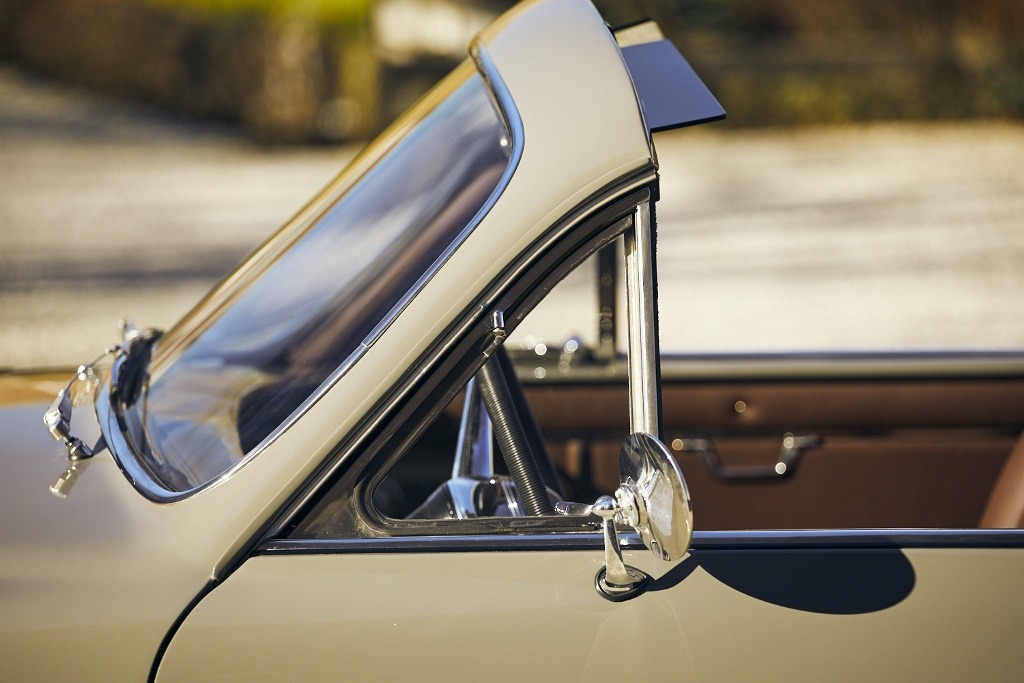
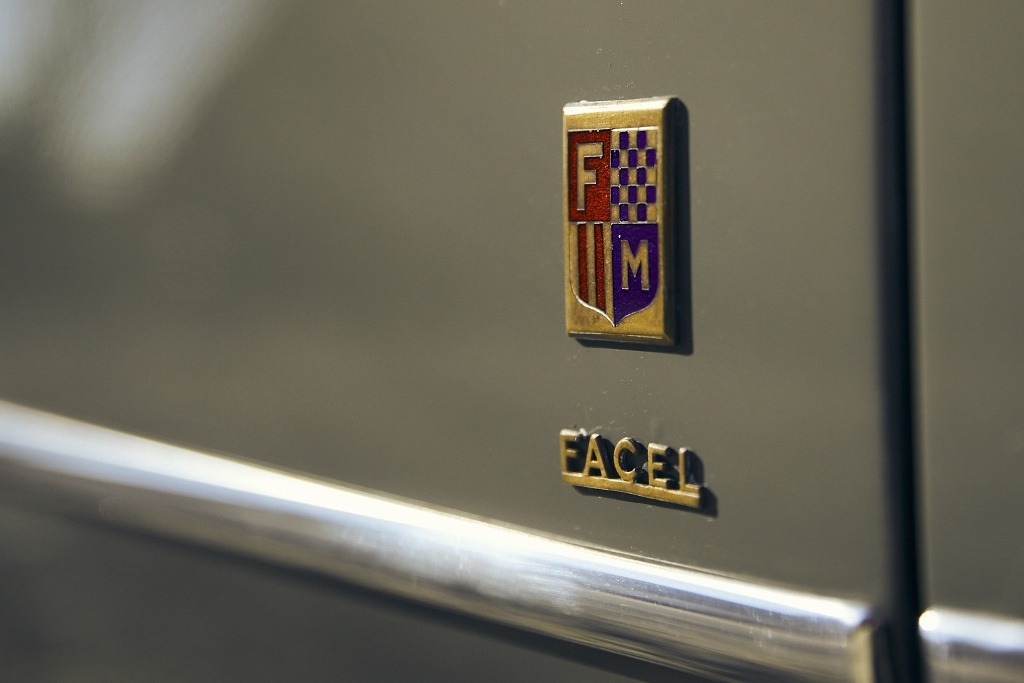
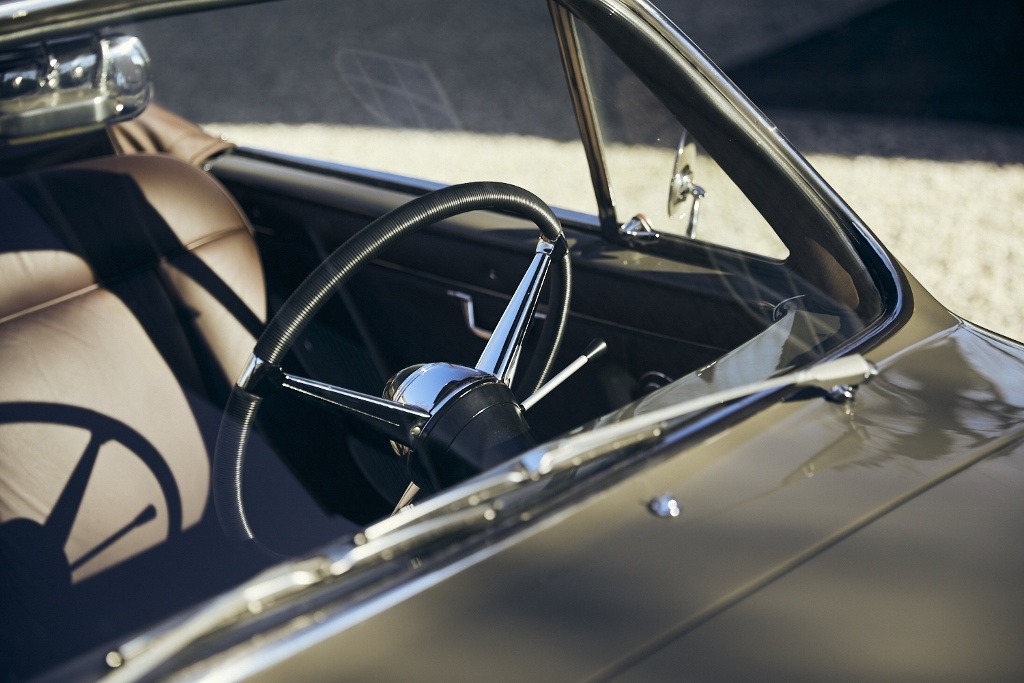
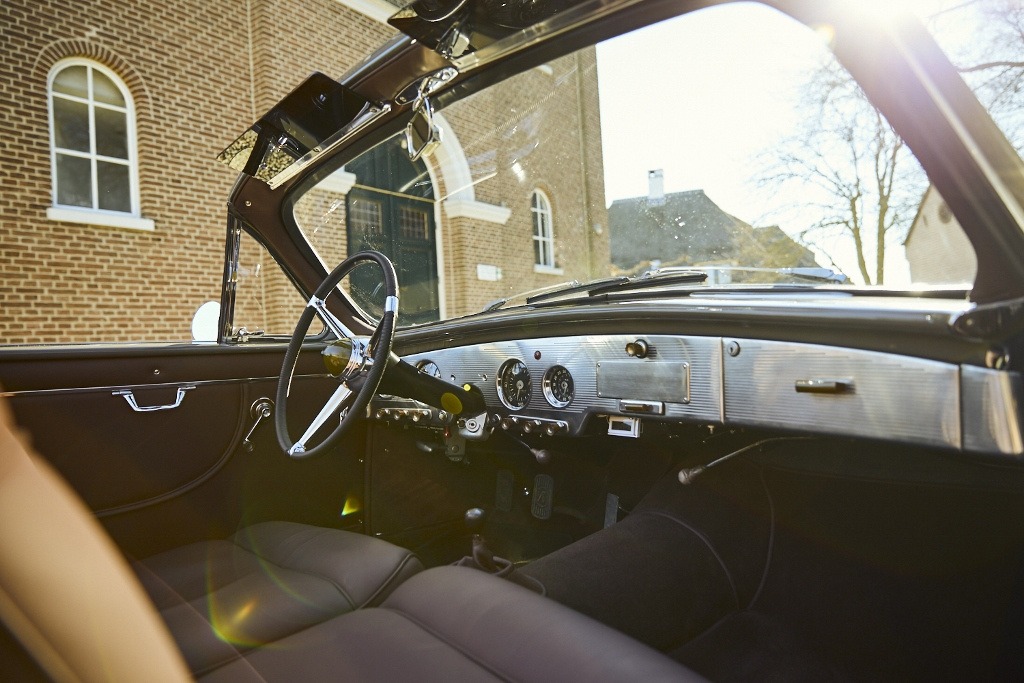
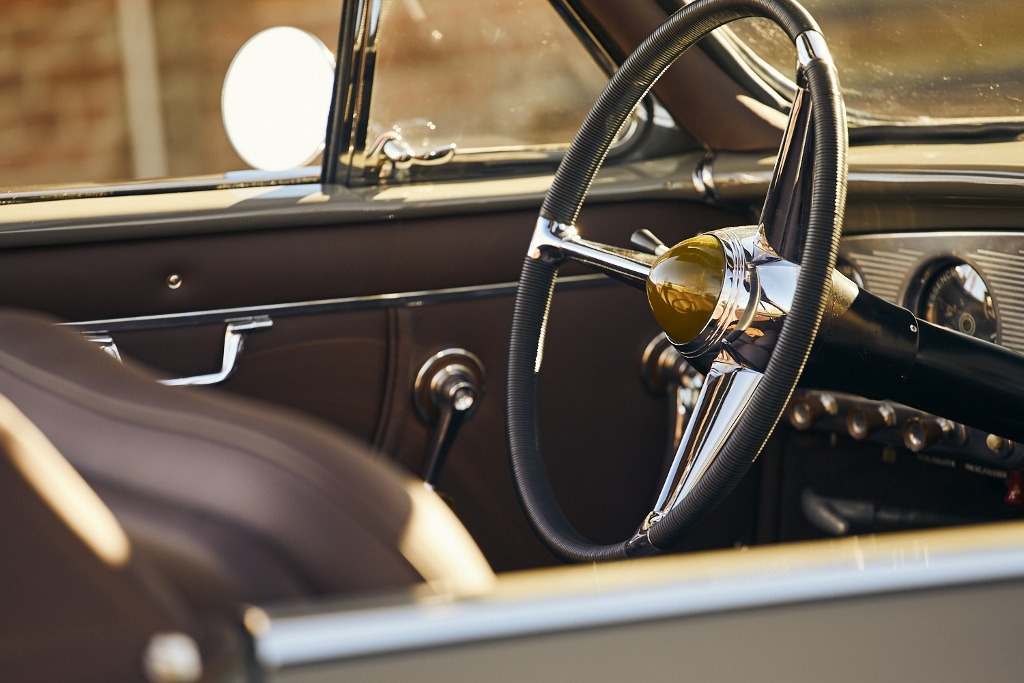














Ford Comete Cabriolet Monte Carlo
The Ford Comete Cabriolet Monte Carlo designed by Mario Revelli di Beaumont for Stabilimenti Farina.
Vehicle Overview
The Ford Comete Cabriolet Monte Carlo: First of all, Facel-Métallon created each Comète’s bodywork. Stabilimenti Farina (with Mario Revelli di Beaumont) designed it. It was a collaboration and the prototype was even named Facel-Farina before Ford SAF was convinced to go along in this joint venture. You could say, this bespoke cabriolet is a tribute to not just Facel, but also to Giovanni Farina, the founder of Stabilimenti Farina, and elder brother of Battista “Pinin” Farina who learned the trade at his brother’s company. The great Italian coachbuilders/designers Boano, Frua, Michelotti and Vignale also started their careers at Stabilimenti Farina. Just like at Carrozzeria Pininfarina the designers didn’t get all the credits for their designs. This was part of the business strategy to keep the Farina name on top of the ballgame and it’s easy to understand why so many designers founded their own company after they’d learnt the trade. This approach, with full focus on the company brand instead of individual designers, helped to grow business, but in 1953 Stabilimenti Farina was absorbed into the by then much larger Carrozzeria Pininfarina. 1953 happens to be the year of birth for the Comète we show here. One fine coincidence. Pininfarina used the same strategy, but got the bigger clients, like Ferrari. Pininfarina also designed cars like the Cisitalia 202 and Simca 8 Sport. Stabilimenti Farina based the Comète design (creating first the Coupé) on the successful designs their brother company started. Facel built the Farina designed Simca Sport models already, but the Ford Comète assignment allowed Jean Daninos to take his company to the next level. While the Comète was even more refined than the Simca Sport, the Comète project offered Daninos several priceless opportunities. First of all the new industrial experience with proper coachbuilding fabrication techniques would help him to realize the later Facel-Vega car brand. Two-tone paint jobs on the Ford could set Facel at the same level of famous French pre-war top-class coachbuilders. Something that never would have occurred with Facel’s other clients. Facel worked for companies like Delage, Vespa and Simca. These easier experiences helped to expand quickly with the implemented Italian craftsmanship methodes. The Comète’s upholstery was at the highest level. More than with the Simcas, Facel was able to show its finishing touch with the Ford Comète. The high quality craftsmanship and complete builds set the standard for the company’s future as a complete car manufacturer. History later showed us Facel was the best French car builder France had shown since the 1920’s and 30’s. Jean Daninos was able to interpret all knowledge and experiences for his own techniques as a manufacturer and to develop his renowned style with thanks to the Italian master coachbuilders during the Comète project. And in case if anyone wonders why the name was chosen of a solar system body like a comet, Vega is the second-brightest star in the northern celestial hemisphere. The Ford Comète had more to do with Facel than with Ford itself. But Ford’s distribution and dealer network came in handy. Ford SAF was Ford France and they built several French Fords, like the Vedette and Vendôme. The Vedette was powered by a 2.2L V8, nicknamed Poissy’s Petit V8 after the Ford production plant in Poissy. The Vendôme was powered by a Ford Flathead 239 V8, 3.9 litre in size, better known as Mistral V8. When the Comète was launched it was powered by a Poissy’s Petit V8. In 1954 the Ford Comete Cabriolet Monte Carlo with 3.9 litre Ford Flathead V8 was introduced and the French themselves didn’t like the “French Fries Cutter Grill”. Just like the 22CV tax rate didn’t make them very enthusiastic for the Ford Comete Cabriolet Monte Carlo. The specs were what they wanted, but the selling price was too high compared to the Ford Vedette and Vendôme, which were nearly at the same price level of American Fords in Europe. Ford USA decided to quit the manufacturing activities of Ford France. At the end of 1954 Ford SAF was sold to Simca. Simca continued the Comète model as Simca Comète Monte Carlo, until the summer of 1955.
Technical Specifications
-
Body
-
Year1952
-
MakeFord
-
ModelComete Cabriolet
-
CoachbuilderStabilimenti Farina
-
Length (mm)N/A
-
Width (mm)N/A
-
Height (mm)N/A
-
Units built2
-
Engine TypeV8
-
DesignerMario Revelli di Beaumont
-
MakeN/A
-
ModelN/A
-
Cylinder CapacityN/A
-
Number Of DoorsN/A
-
Six Month RateN/A
-
Twelve Month RateN/A
-
Date Of First RegistrationN/A
-
Year Of ManufactureN/A
-
CO2 EmissionsN/A
-
Fuel TypeN/A
-
Tax StatusN/A
-
TransmissionN/A
-
ColourN/A
-
Type ApprovalN/A
-
Wheel PlanN/A
-
Revenue WeightN/A
-
Tax DetailsN/A
-
Mot DetailsN/A
-
TaxedN/A
-
motN/A
-
MakeN/A
-
Cylinder CapacityN/A
-
RegistrationN/A
-
Year Of ManufactureN/A
-
CO2 MissionsN/A
-
Fuel TypeN/A
-
Tax StatusN/A
-
ColourN/A
-
Type ApprovalN/A
-
Wheel PlanN/A
-
Revenue WeightN/A
RELATED VEHICLES
More vehicles by Stabilimenti Farina
Coachbuilder
Missing or wrong informations?
Carrozzieri-Italiani.com relies on thousend of users who help to populate the database. We do not guarantee the accuracy of the informations. Contact us if you want to contribute.

